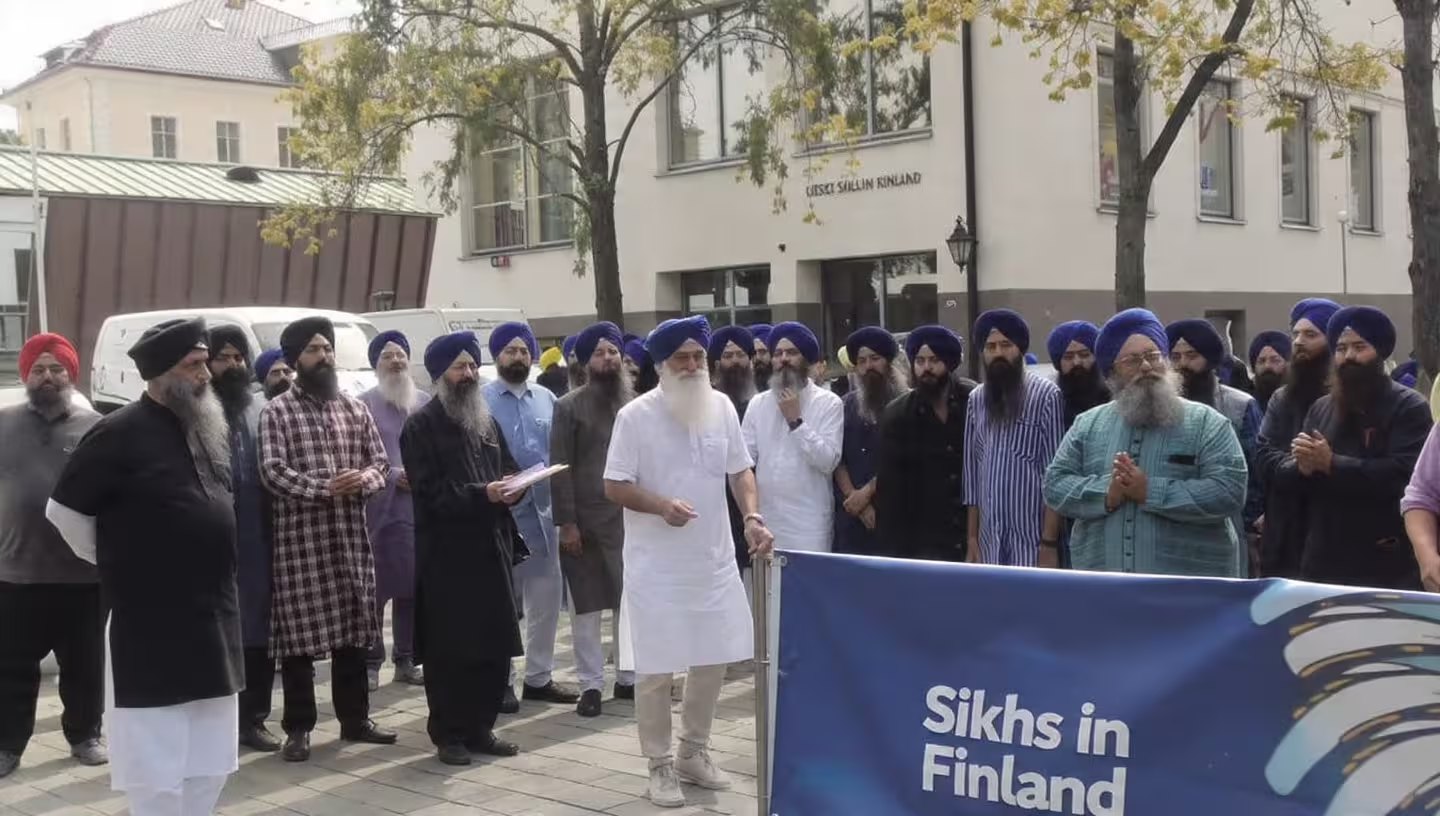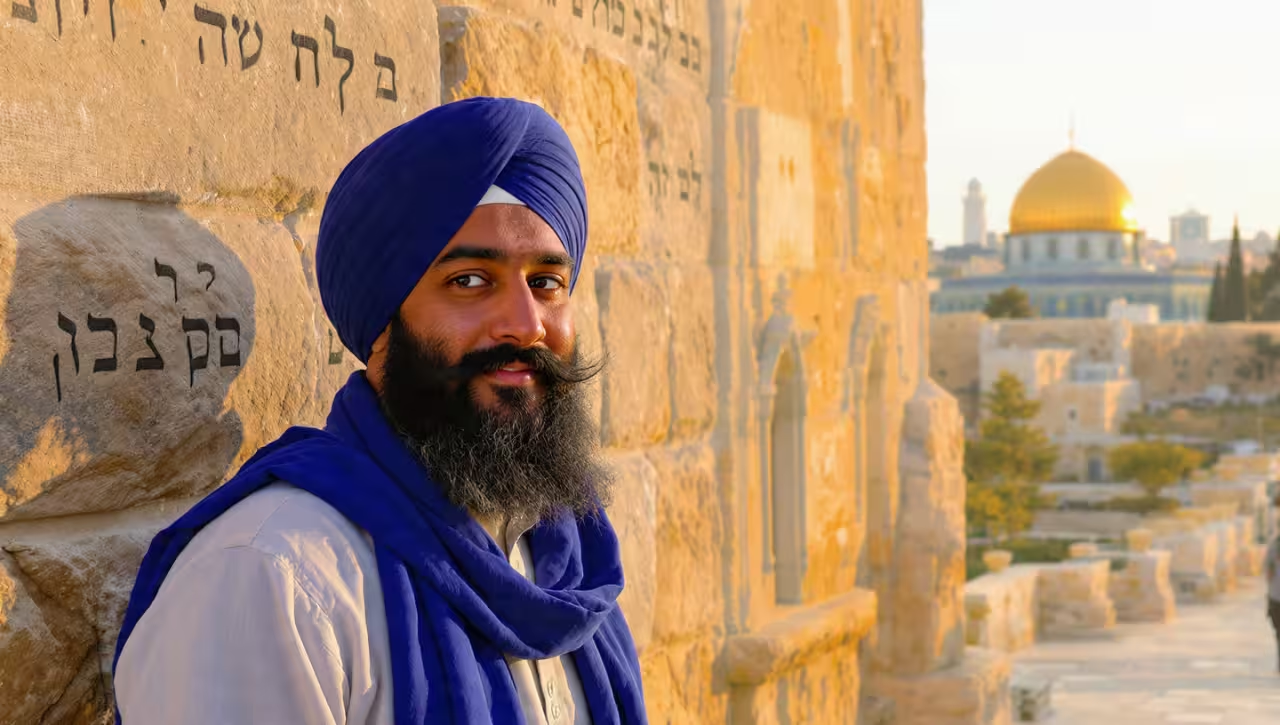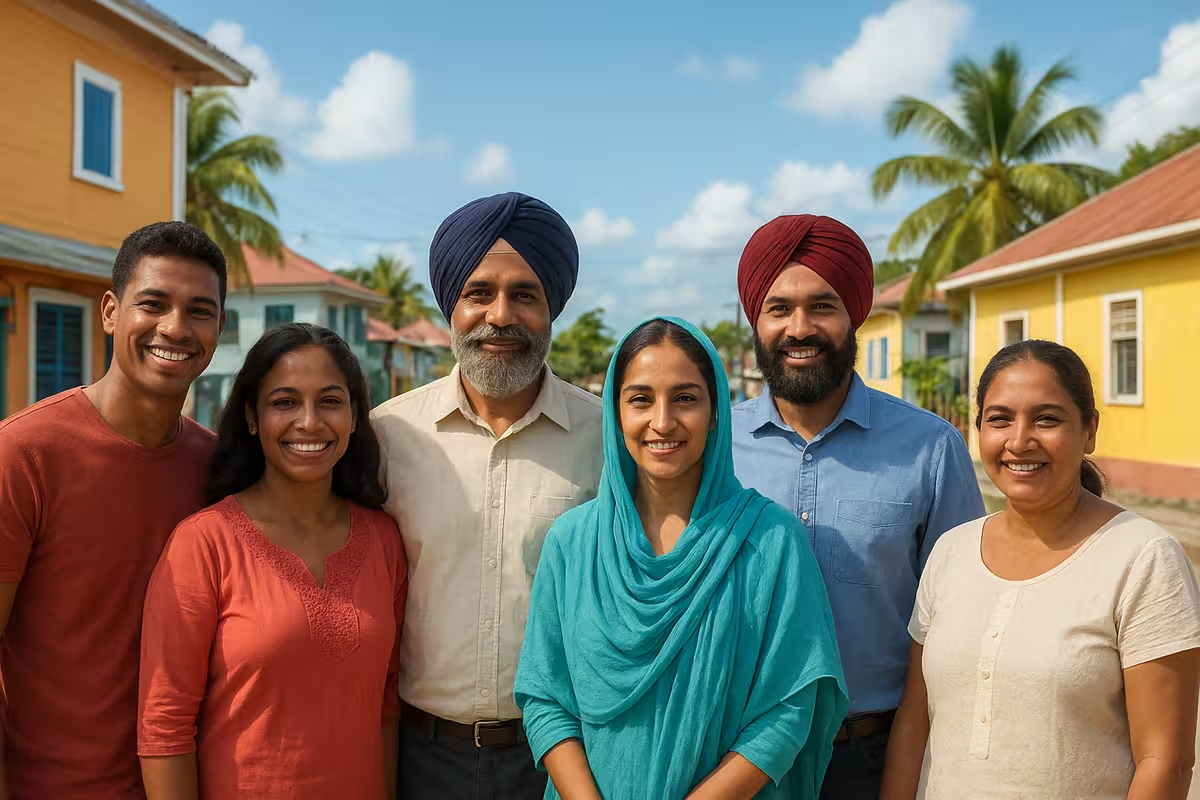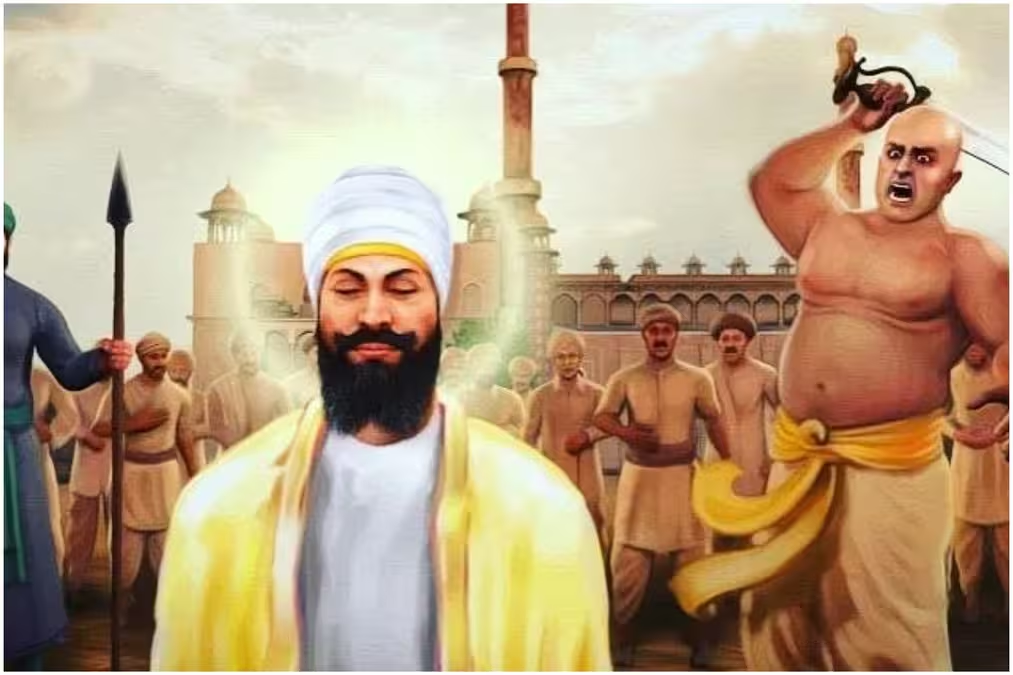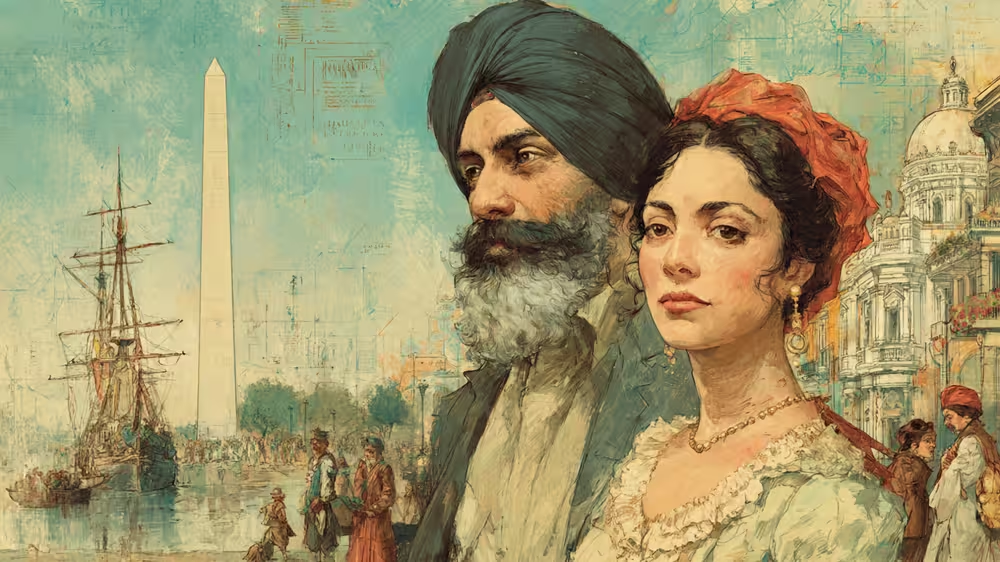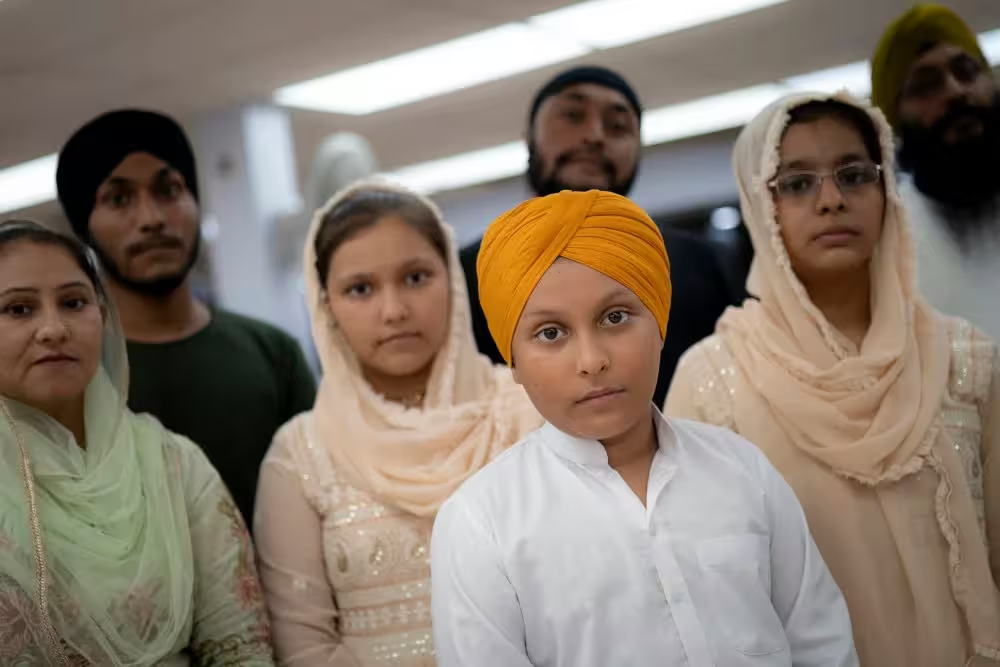Sikhs in Tanzania
🧭 Introduction
Tanzania (6000 Km from India ), nestled in East Africa, boasts a stunning landscape that includes Mount Kilimanjaro, the vast Serengeti plains, and the coastal paradise of Zanzibar. Home to over 60 million people, this vibrant nation embraces a rich cultural tapestry with more than 120 ethnic groups, predominantly Bantu, and recognizes Swahili and English as its official languages. Its economy thrives on agriculture, mining, and tourism, with Dar es Salaam serving as the economic hub and Dodoma as the political capital. Tanzania achieved independence from British colonial rule in 1961 (Tanganyika) and 1963 (Zanzibar), uniting in 1964 to form the United Republic of Tanzania.
Sikh Population is estimates 2000 to 4000
Jasdeep Singh Babhra from Tanzania
“Jasdeep Singh Babhra from Tanzania is indeed a pioneering figure in African politics, proudly representing the Sikh community as the continent’s only active turbaned Amritdhari Sikh politician. His commitment to his faith and cultural heritage is truly inspiring, and his turban has become an iconic symbol of his Sikh identity.
As a councillor of Keko Ward in Dar es Salaam, Tanzania, Jasdeep Singh Babhra has made significant contributions to his community. He has been instrumental in building a maternity ward, modern kitchen, and toilets, and even provides daily meals to over 1,500 students in two primary schools.
Jasdeep Singh Babhra’s remarkable journey is a testament to the power of diversity, inclusion, and representation in politics. He has inspired countless individuals, particularly among the Sikh diaspora in Africa, and his achievements serve as a shining example of what can be accomplished through dedication and commitment to one’s values and principles.”
Migration of Sikhs to Tanzania
The migration of Sikhs to Tanzania began during the late 19th century, primarily under British colonial rule. The Sikhs, originally from the Punjab region of India, came largely as part of the labor force for the construction of the Uganda Railway, which began in the 1890s. Many Sikhs remained in East Africa after the railway’s completion, moving into trade, policing, administration, and skilled professions.
By the early 20th century, Sikhs had established themselves in major urban centers of Tanzania, including Dar es Salaam, Arusha, Moshi, Tanga, Dodoma, and Zanzibar. Unlike some other migrant communities, the Sikhs often maintained strong religious, cultural, and educational traditions, building Gurdwaras and schools wherever they settled.
Sikh Population in Tanzania
With an estimated 2,000 Sikhs, the community forms a small but vibrant part of Tanzania’s Indian diaspora, which exceeds 60,000. Concentrated in urban hubs like Dar es Salaam, Arusha, and Moshi, most Sikhs hail from Punjab and speak Eastern Punjabi. While numbers have declined since the 1970s due to migration to the UK, Canada, and other countries, the community remains active and well-respected. Though a minority, their distinct religious identity and strong community organization make them a significant presence within the broader Punjabi diaspora. sikhnetafrica.com
History of Sikhs in Tanzania
The Sikh presence in Tanzania is deeply rooted in their contributions to colonial infrastructure and post-independence development. Initially railway workers, Sikhs quickly became entrepreneurs, excelling in trade, furniture, and engineering. They built tight-knit communities centered around gurdwaras, preserving their cultural and religious identity. Despite economic challenges from the socialist policies of the 1970s, which nationalized many businesses, Sikhs remained resilient, particularly in urban centers like Dar es Salaam and Moshi, becoming a respected part of Tanzanian society. joshuaproject.net
Sikh Participation in Politics
Sikh involvement in Tanzanian politics has been modest compared to their economic impact, largely due to their small numbers and focus on community and business. Unlike in Kenya, where Sikhs like Makhan Singh were pivotal in independence movements, Tanzanian Sikhs have maintained a lower political profile. They support broader Indian community interests through organizations like the Hindu Council of Tanzania but rarely hold prominent political roles, exerting influence indirectly through economic contributions. reddit.com
Cultural Challenges Faced by Sikhs in Tanzania
Maintaining Sikh appearance (turban, uncut hair) in a predominantly non-Sikh society sometimes leads to misunderstandings or stereotyping.
Second and third-generation Sikhs often face identity dilution, with younger members sometimes distancing from traditional values to assimilate locally or internationally.
With Swahili and English as dominant languages, Punjabi fluency is declining among the youth.
Interfaith marriages are more common in diaspora communities. While they foster inclusivity, they also challenge continuity of Sikh customs and family traditions.
Lack of Gurmat-based schools or formal Sikh religious education limits structured learning of Sikh values, history, and scriptures for children.
Sikhs sometimes face bureaucratic hurdles in establishing or expanding religious institutions.
Limited media visibility of Sikh festivals (like Vaisakhi or Gurpurabs) in mainstream Tanzanian culture may result in lesser public awareness of the community’s contributions.
Gurdwaras in Tanzania: Centers of Faith and Community
Sikh religious life in Tanzania revolves around the Gurdwaras, which serve as not just places of worship, but also centers of charity, education, and social cohesion. Wikipedia-Sikh Temple
Major Gurdwaras in Tanzania:
Gurdwara Singh Sabha, Dar es Salaam
Built in the early 20th century, this gurdwara serves Tanzania’s largest Sikh community, featuring a darbar hall, langar hall, and visitor facilities, reflecting the Sikh commitment to seva (selfless service).
Among the oldest in the country, this Gurdwara hosts major Sikh events and provides essential community services.
Gurdwara Sahib, Arusha
A newer establishment, this gurdwara supports Sikhs in northern Tanzania, hosting regular congregations and community events.
A spiritual center in northern Tanzania, known for its serene setting and active community programs.
Gurdwara Sahib, Moshi
Established in 1939, this historic gurdwara in the Kilimanjaro region showcases the community’s early presence and architectural skill, often attributed to the Ramgarhia caste. It remains a focal point for religious and cultural events.
Located near Mount Kilimanjaro, this Gurdwara historically served railway workers and now remains a symbol of Sikh heritage in the region.
Gurdwara Sahib, Tanga
This coastal city Gurdwara supported early Sikh merchants and remains a place of pride for local Sikhs.
Gurdwara Sahib, Zanzibar
A rare Gurdwara on the historic island, reflecting the cultural blend of Indian and African heritage.
Gurdwara Sahib, Morogoro
Morogoro, a key city ~169 km west of Dar es Salaam and home to over 300,000 people, hosts this historic Gurdwara. Scribd.com
Gurdwara Sahib, Morogoro
This temple is more than a place of worship—it is a center for:
1. Religious services (daily prayers & kirtan)
2. Langar: free communal meals for all
3. Cultural gatherings and social support Sikhiwiki.org


